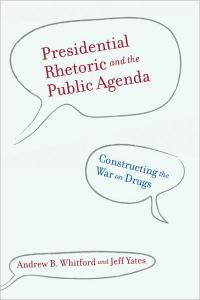
12.14.1799: Geo. Washington dies.
One for the syllabus: “Death of a President” by D.M. Morens (NEJM, 1999).
But on a frigid afternoon, three physicians, gathered around a dying man, were not so optimistic. The man’s wife looked on as he gasped for air, constantly shifting position. His aide lay on the bed beside him, repositioning him, propping up his exhausted frame. Christopher Sheels, a slave valet, stood beside the dying man. A porcelain bleeding bowl rested nearby. After lighting a fire to warm him, slave housemaid Caroline Branham joined slave seamstress Charlotte and slave housemaid Molly (surnames unknown) just inside the doorway. The patient’s eyes were alert and comprehending. George Washington, who had recently retired as president of the United States, was preparing to die.
Each physician knew him well. The 69-year-old, Edinburgh-trained James Craik had frequently visited the president’s Mount Vernon estate. He and Washington had fought together in the French and Indian Wars. Gustavus Richard Brown, also trained in Edinburgh, was a wealthy, 52-year-old physician from Port Tobacco, Maryland, who had just cofounded the Medical and Chirurgical Faculty of Maryland. Elisha Cullen Dick, a 37-year-old physician trained in Pennsylvania, was a former quarantine superintendent and board-of-health physician in Alexandria, Virginia. He knew the latest medical literature and was clinically aggressive. He had been appointed coroner the previous year.
Finally,
In considering the final illness of George Washington, it is worth remembering that he received prompt and expert medical care that reflected then-current concepts. In questioning his physicians’ treatment decisions, we should also reflect on the balance between art and science in medicine, especially in the context of modern therapy for diseases whose pathogenesis and natural history are poorly understood (e.g., atherosclerosis and diabetes mellitus). In 1999, the treatment of many medical conditions still lacks a sound scientific or empirical basis. Advances in science permit us to uncover pitfalls in prior medical practice but do not by themselves advance the art. Thus, physicians must not only continue to develop the science of medicine but also maintain and strengthen its problem-solving aspects and practice as an art.
The last 16 hours of Washington’s life must have been agonizing as he fought for air, unable to find a comfortable position. His chief concern was apparently that his physicians “enable him to die easy.” Though not a Christian, he must have been impatient to reach a “hereafter” with as little trouble as possible. According to Lear’s notes, at the very end, Washington settled back in bed and appeared calm. His last act in life was a medical one: he felt his own pulse, a practice that he had probably picked up in ministering to his slaves and family. Not even his physicians learned the result as his fingers slipped from his wrist and his breathing stopped.

